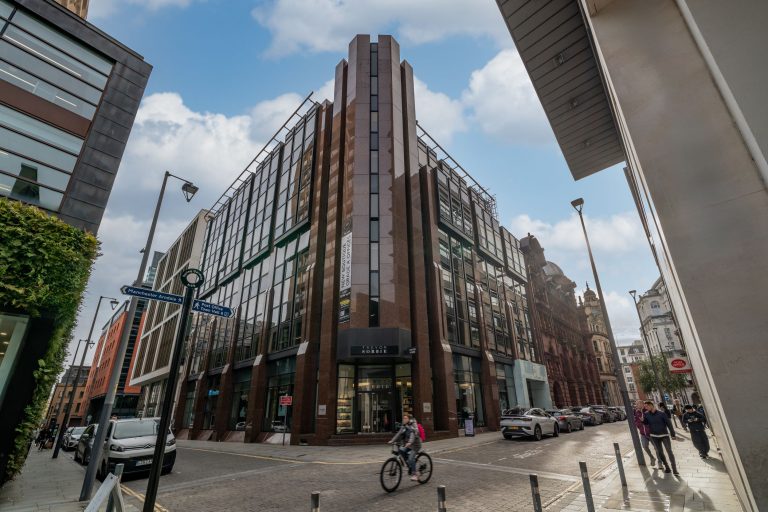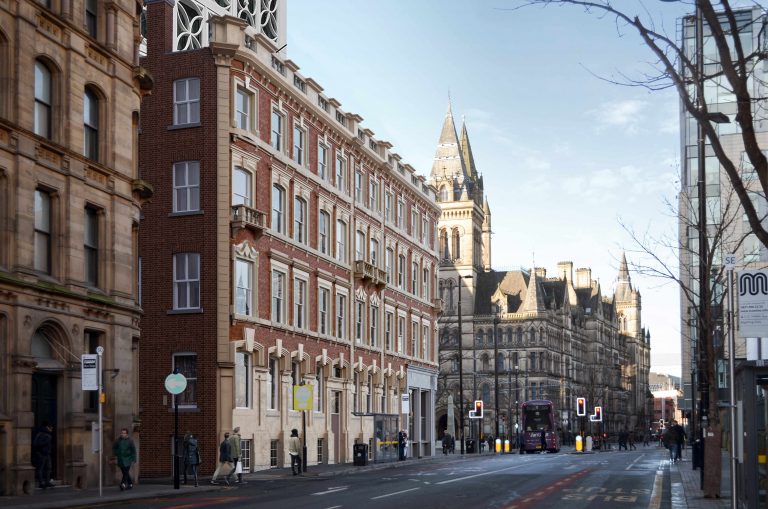The Construction Leadership Council (CLC) and site operating procedures
Ruth Goldacre | 02 April 2020
As a result of the pandemic, the circumstances that face every construction professional are untested. Most organisation’s disaster contingency planning have probably not contemplated something quite on this scale.
The Government’s advice has not always been easy to follow, but at the same time we have a population that has had to get used to living and working very differently and now we have new police powers to reinforce these measures.
Contractors should heed government advice and ensure they are fully acquainted with the advice in terms of furloughing and protecting staff both financially and from physical harm as a result of contracting the virus.
Amongst the new site operating procedures and difficulties that arise with this, there is evidence the supply chain is also struggling to operate between new social distancing measures, ultimately limiting the progress of construction.
In so far as these powers apply to construction, we know the following:
· The advice covers anything that might put the workforce at risk – including travelling to work.
· The advice is aimed at all construction activities and for sites of any size.
· Any member of the workforce who has either a high temperature or a new, persistent cough, is a vulnerable person (either through age or health condition), or is living with someone who is either self isolating or a vulnerable person, should not come to site.
· If a member of the workforce becomes ill on site, they should:
1. Return home immediately to self isolate – avoiding contact with others (e.g. use their personal car)
2. Not touch anything in the workplace
3. Cough or sneeze into a tissue and dispose of it immediately
· Enforce 2m social distancing at all times
1. When a 2m distance cannot be achieved due to the nature of the work, if it is non-essential* it must not be carried out
· Stop non-essential visitors to site.
· Stagger start and finish times, break times and increase welfare facilities to reduce the number of workforce and congestion in frequently used spaces.
· Increase frequency and extent of cleaning
1. In particular welfare facilities and touch points e.g. buttons, handrails
2. Require all workers to wash or clean their hands before entering or leaving the site
3. Provide additional hand washing facilities to the usual welfare facilities if a large spread out site or significant numbers of personnel on site
4. Provide suitable and sufficient rubbish bins for hand towels with regular removal and disposal
· Workforce should bring pre-made food and utensils from home and reusable water bottles.
· PPE should be disposable or not shared between workers.
· Meetings should be attended by only essential participants and should be held in the open air with enforced 2m physical distancing.
*Essential work is regarded as that necessary to combat the pandemic, such as building hospitals.
In summary, if construction activities can continue whist the appropriate measures outlined above are followed, particularly social distancing in the workplace, then construction may continue.
Should you have any further questions or if you would like to discuss your particular situation, please contact a member of the OBI Building Consultancy team.


